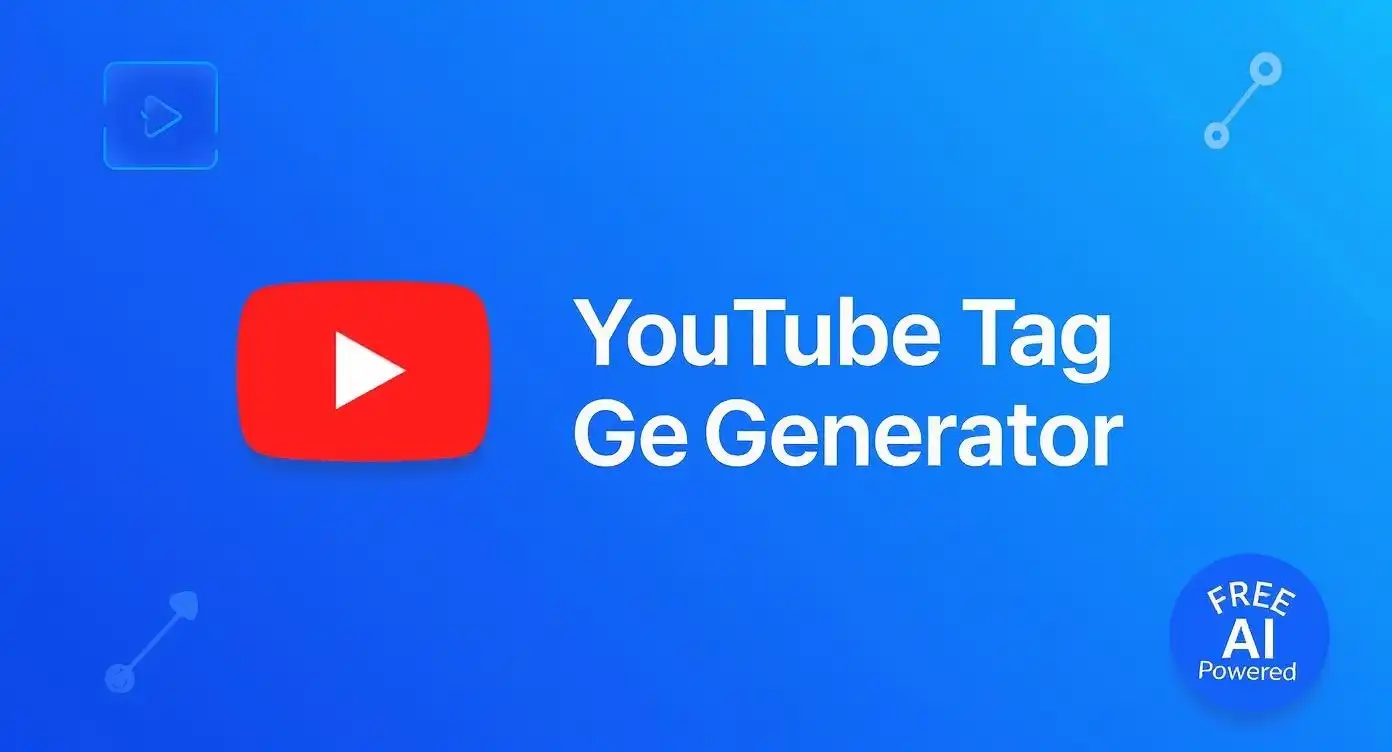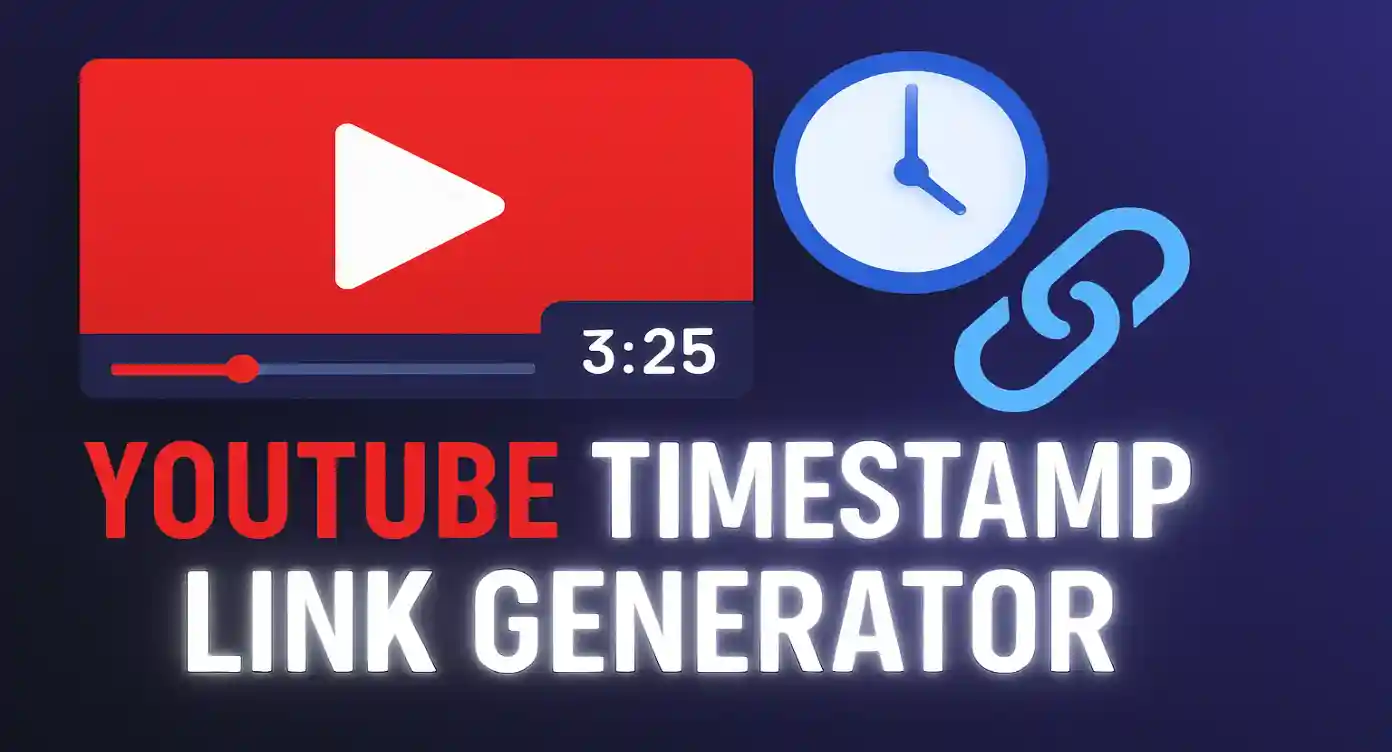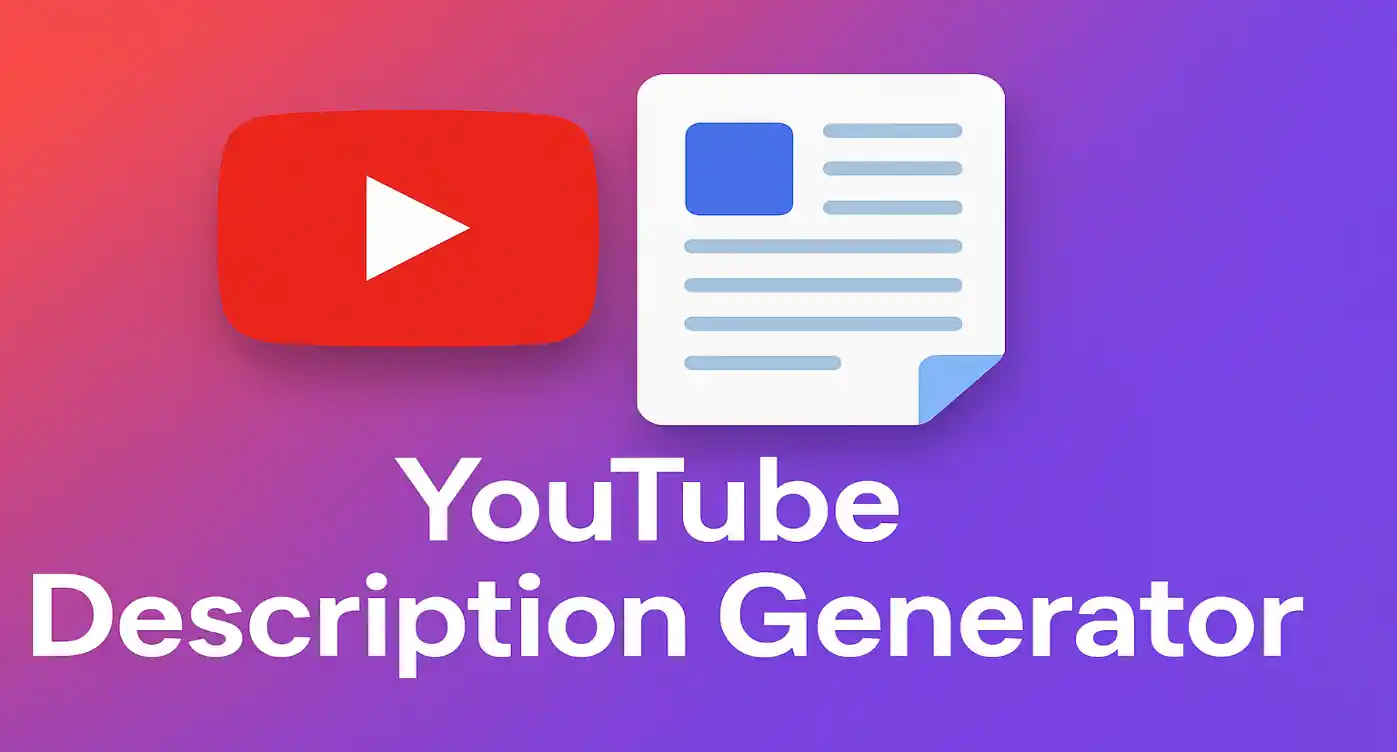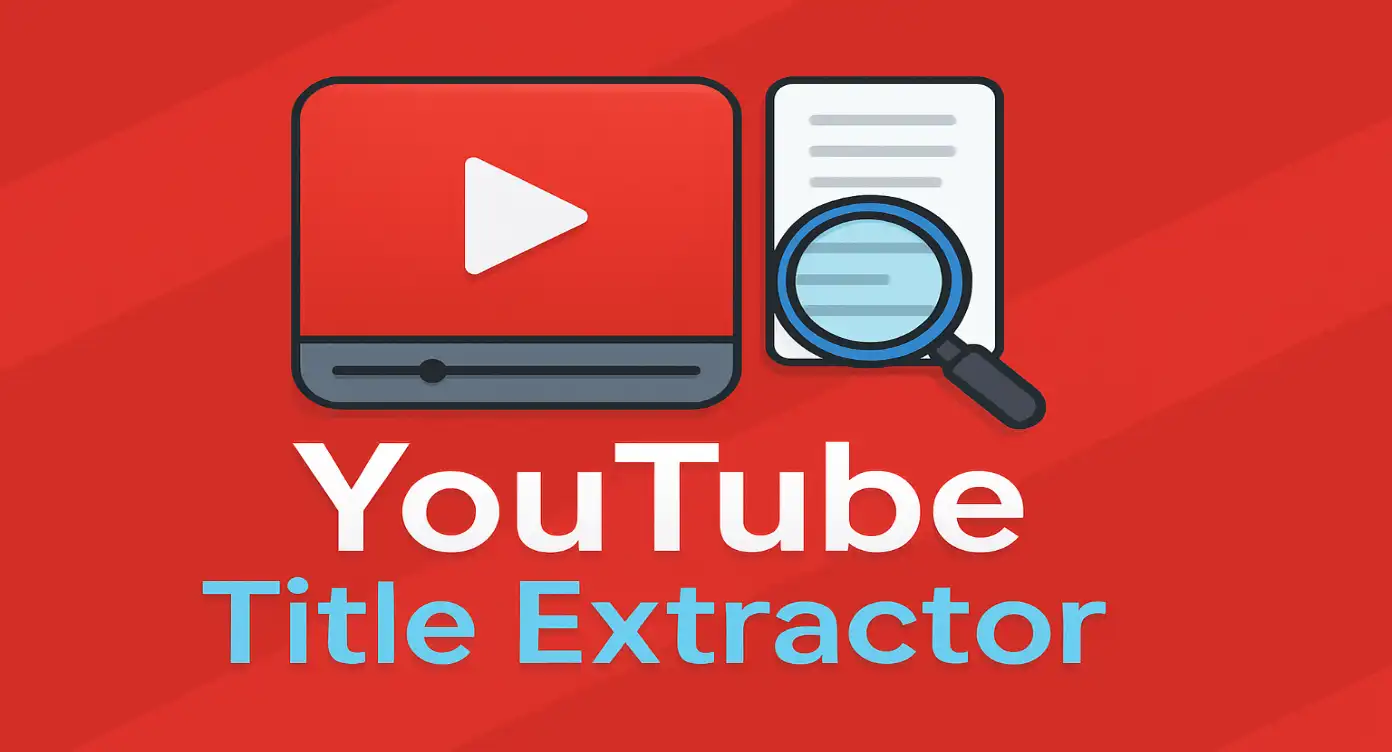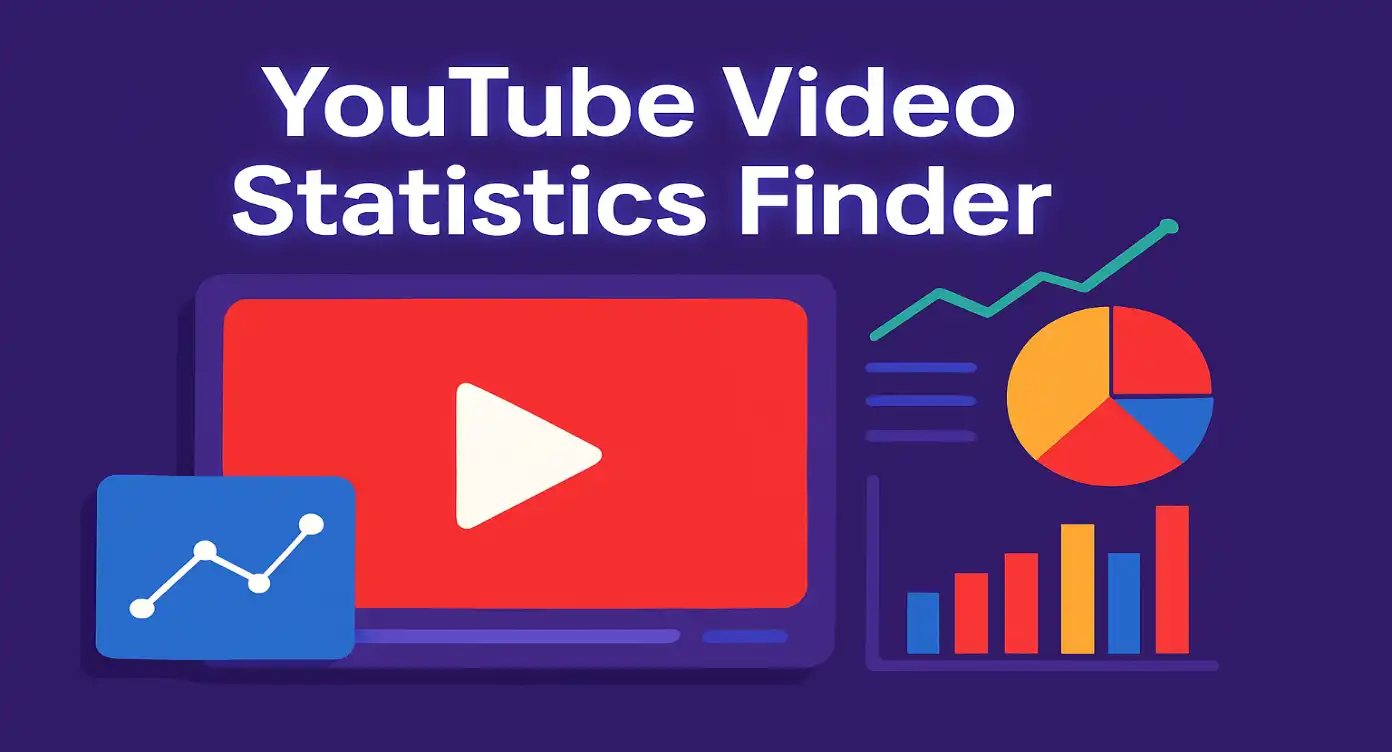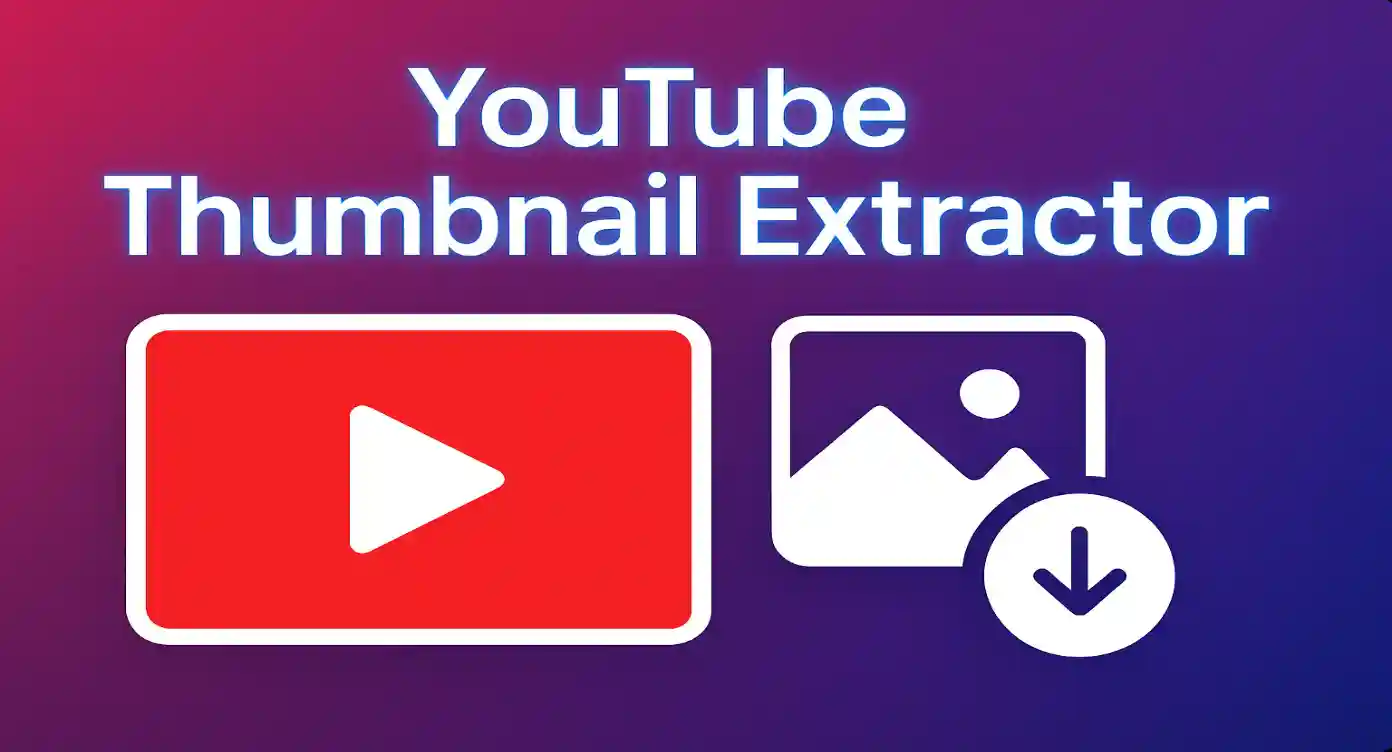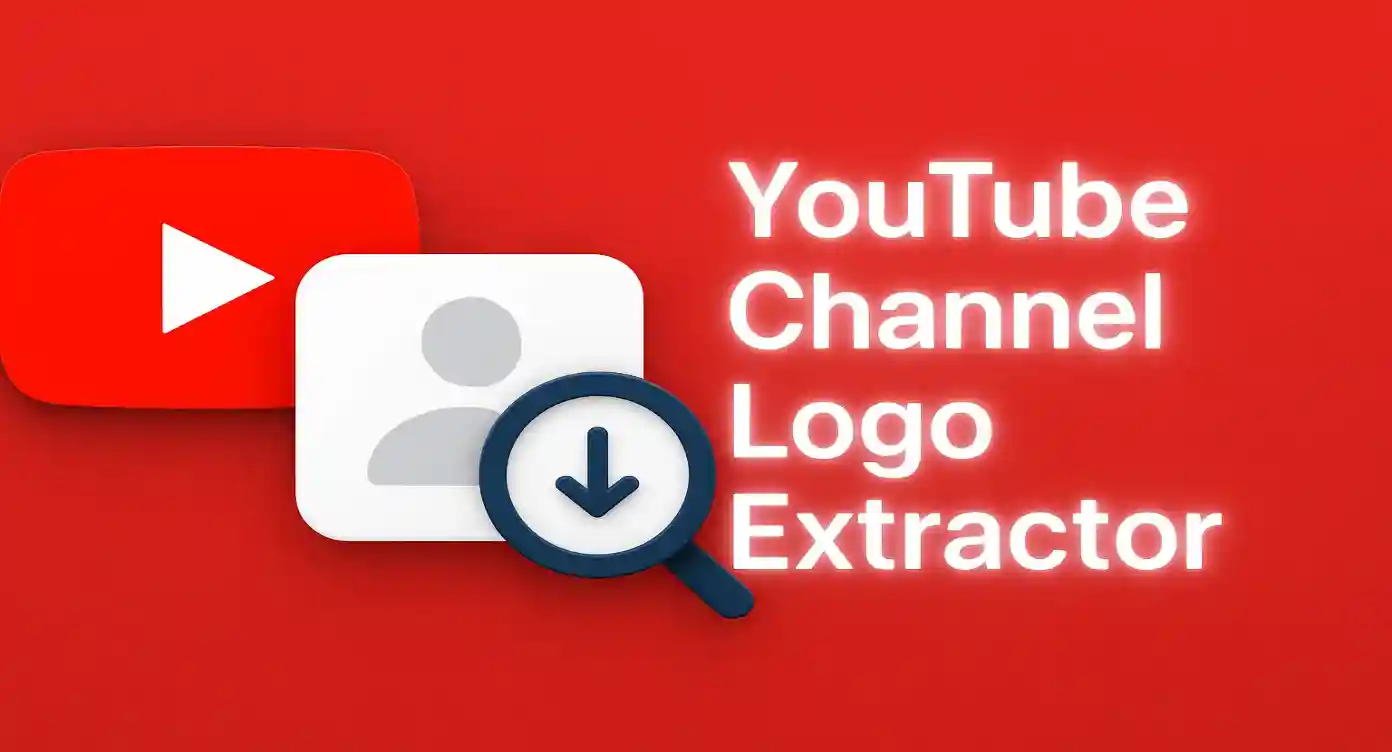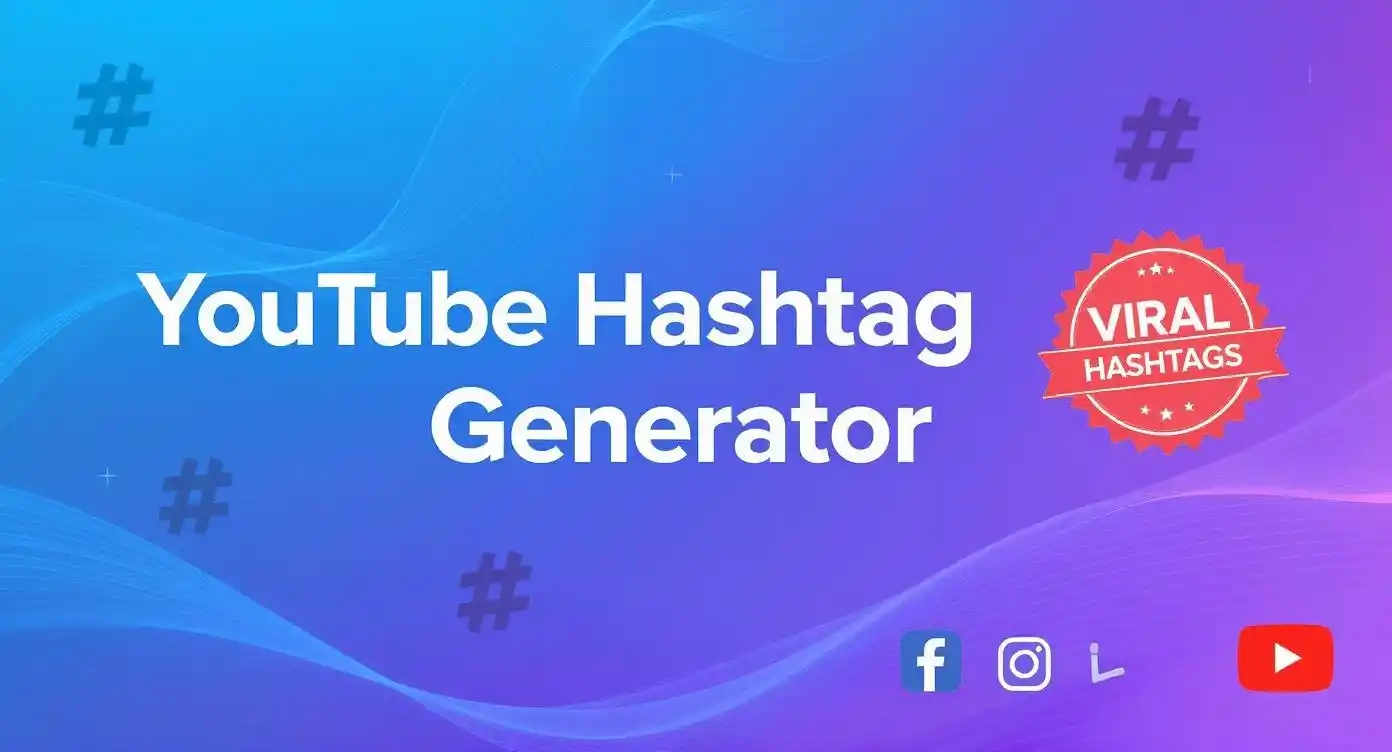YouTube Hashtag Generator
Generate viral and trending hashtags for YouTube videos with AI-powered suggestions and performance analysis
Analyzing trends and generating hashtags...
Generated Hashtags
Hashtags by Category
Hashtag Performance Analysis
Hashtag Usage Tips
Use 3-5 highly relevant hashtags in your video description
Mix trending and niche-specific hashtags for better reach
Research trending hashtags in your niche regularly
Don't use too many hashtags (15+ can look spammy)
Avoid irrelevant trending hashtags just for views
Don't use misleading or clickbait hashtags
Complete Guide to YouTube Hashtags
Understanding YouTube Hashtags
YouTube hashtags are powerful metadata tools that help categorize and discover content on the platform. They function as clickable keywords that connect your videos to broader conversations and trending topics. When viewers click on a hashtag, they're taken to a feed of videos using the same hashtag, creating opportunities for increased visibility and engagement.
The effectiveness of hashtags on YouTube stems from their dual functionality: they serve as both organizational tools for the platform's algorithm and discovery mechanisms for users. Unlike other social media platforms where hashtags might be purely decorative, YouTube hashtags directly impact your video's searchability and suggested video placement.
Key Hashtag Functions:
- Content categorization and organization
- Enhanced discoverability in search results
- Connection to trending topics and conversations
- Algorithm signal for content recommendation
Effective Hashtag Strategy
Developing an effective hashtag strategy requires understanding your audience, analyzing competitor approaches, and staying current with trending topics in your niche. A well-crafted hashtag strategy can significantly boost your video's reach and engagement while building a consistent brand presence.
The foundation of any successful hashtag strategy lies in research and analysis. You need to understand which hashtags your target audience follows, what terms they search for, and how competitors in your space are using hashtags to gain visibility. This research phase is crucial for building a sustainable hashtag approach.
Strategic Planning
- Define your niche and target keywords
- Analyze competitor hashtag usage
- Create branded hashtags for campaigns
- Plan seasonal and trending integrations
Performance Tracking
- Monitor hashtag performance metrics
- Track engagement rates by hashtag
- Analyze click-through rates
- Adjust strategy based on data
Finding Trending Hashtags
Identifying trending hashtags is crucial for maximizing your video's visibility and tapping into current conversations. Trending hashtags can provide significant exposure, but they must be relevant to your content to maintain authenticity and audience trust.
The key to successful trending hashtag usage lies in finding the sweet spot between popularity and relevance. While highly trending hashtags offer massive reach potential, they also come with increased competition. Balancing trending hashtags with niche-specific ones creates the optimal mix for discoverability.
Trending Hashtag Sources:
- • YouTube's trending page analysis
- • Social media trending topics
- • Industry news and events
- • Seasonal and holiday themes
- • Google Trends data
- • Competitor hashtag monitoring
- • Influencer hashtag usage
- • Community discussions and forums
Hashtag Research Methods
Effective hashtag research involves multiple methodologies and tools to identify the most relevant and impactful hashtags for your content. This research process should be systematic and data-driven to ensure optimal results.
The research phase is where many creators either excel or fall short in their hashtag strategy. Those who invest time in thorough research typically see much better results than those who rely on guesswork or generic hashtags.
Manual Research
- • Analyze top-performing videos in your niche
- • Study competitor hashtag strategies
- • Monitor trending topics daily
- • Engage with your target audience
Tool-Based Research
- • Use hashtag generation tools
- • Leverage analytics platforms
- • Employ keyword research tools
- • Utilize social listening tools
Data Analysis
- • Track hashtag performance metrics
- • Analyze engagement patterns
- • Monitor reach and impressions
- • Measure conversion rates
Category-Specific Hashtags
Different YouTube categories require distinct hashtag strategies. Understanding the nuances of your specific niche helps in selecting hashtags that resonate with your target audience and perform well within your category's ecosystem.
Category-specific hashtags are essential for reaching your ideal audience. Generic hashtags might provide broad reach, but category-specific ones deliver higher engagement rates and more qualified viewers who are genuinely interested in your content type.
Gaming
Education
Music
Hashtag Analytics & Tracking
Tracking hashtag performance is essential for optimizing your strategy and maximizing your content's reach. Analytics provide insights into which hashtags drive the most engagement, reach, and conversions for your specific audience and content type.
Effective hashtag analytics go beyond simple view counts. They examine engagement rates, audience quality, retention metrics, and conversion patterns to provide a comprehensive picture of hashtag effectiveness.
Key Metrics to Track:
Hashtag Best Practices
Following hashtag best practices ensures your content reaches the right audience while maintaining platform compliance and user experience standards. These practices are derived from successful creator strategies and platform guidelines.
Best practices evolve with platform updates and user behavior changes. Staying current with these recommendations helps maintain hashtag effectiveness and prevents potential penalties or reduced visibility.
Do's
- • Use 3-5 relevant hashtags per video
- • Mix popular and niche-specific hashtags
- • Research hashtags before using them
- • Keep hashtags relevant to your content
- • Update hashtags based on performance
- • Use branded hashtags consistently
Don'ts
- • Don't use more than 15 hashtags
- • Avoid irrelevant trending hashtags
- • Don't repeat the same hashtags always
- • Avoid banned or inappropriate hashtags
- • Don't use misleading hashtags
- • Avoid overly generic hashtags only
Common Hashtag Mistakes
Understanding common hashtag mistakes helps creators avoid pitfalls that can limit their content's reach and effectiveness. Many of these mistakes are easily preventable with proper knowledge and planning.
The most costly mistakes often stem from misunderstanding platform dynamics or attempting to manipulate the system rather than providing genuine value to viewers. Learning from these common errors saves time and improves results.
Hashtag Stuffing
Using too many hashtags or irrelevant hashtags to try to gain more visibility. This approach often backfires by making content appear spammy.
Irrelevant Trending Hashtags
Using popular hashtags that don't relate to your content just to gain visibility. This misleads viewers and hurts engagement.
Repetitive Hashtag Use
Using the same hashtags for every video regardless of content differences. This limits discovery opportunities.
Hashtag Optimization Tips
Hashtag optimization involves fine-tuning your approach based on performance data, platform updates, and audience behavior changes. Continuous optimization ensures your hashtag strategy remains effective over time.
The optimization process requires balancing multiple factors including search volume, competition level, audience relevance, and content alignment. This holistic approach leads to better long-term results.
Research Optimization
- • Use keyword research tools regularly
- • Monitor competitor hashtag strategies
- • Analyze trending topics in your niche
- • Study audience search behavior
- • Track seasonal hashtag patterns
Performance Optimization
- • A/B test different hashtag combinations
- • Track engagement metrics by hashtag
- • Analyze click-through rates
- • Monitor audience quality metrics
- • Adjust based on performance data
Audience Optimization
- • Study your audience demographics
- • Understand their interests and behavior
- • Identify their preferred hashtags
- • Analyze their engagement patterns
- • Adapt to audience feedback
Timing Optimization
- • Post when your audience is most active
- • Leverage trending moments
- • Consider time zone differences
- • Plan for seasonal trends
- • Monitor hashtag popularity cycles
Seasonal & Event Hashtags
Seasonal and event-based hashtags provide excellent opportunities to tap into increased search volume and trending conversations. Planning your hashtag strategy around seasonal events, holidays, and cultural moments can significantly boost your content's visibility.
The key to successful seasonal hashtag implementation lies in preparation and timing. Creating content that aligns with upcoming events and trending seasonal topics requires advance planning but offers substantial rewards in terms of reach and engagement.
Winter/Valentine's
Spring
Summer
Fall/Halloween
Hashtag Generation Tools
Hashtag generation tools streamline the research and selection process, helping creators identify optimal hashtags more efficiently. These tools use various data sources and algorithms to suggest relevant, trending, and effective hashtags for your content.
While tools are valuable for hashtag research, they should complement, not replace, your understanding of your audience and content strategy. The most effective approach combines tool insights with human judgment and creativity.
Benefits of Using Hashtag Tools:
- Save time in hashtag research
- Access to trending hashtag data
- AI-powered suggestions
- Discover niche-specific hashtags
- Competitor hashtag analysis
- Performance tracking capabilities
Future of YouTube Hashtags
The future of YouTube hashtags will likely be shaped by advances in artificial intelligence, machine learning, and natural language processing. These technologies will make hashtag discovery and optimization more sophisticated and automated.
As the platform evolves, hashtag strategies must adapt to new features, algorithm changes, and user behavior patterns. Staying ahead of these trends ensures continued success in content discovery and audience growth.
AI Integration
Automated hashtag suggestions based on content analysis and audience preferences.
Visual Recognition
Hashtags generated automatically from video content analysis and visual elements.
Smart Connections
Advanced algorithms connecting content through contextual hashtag relationships.
Frequently Asked Questions
How many hashtags should I use on YouTube?
YouTube allows up to 15 hashtags, but the optimal number is 3-5 highly relevant hashtags. Using too many hashtags can make your content appear spammy and may actually hurt your visibility. Focus on quality over quantity.
Where should I place hashtags in my YouTube video?
Hashtags can be placed in your video description or title. When placed in the description, the first three hashtags will appear above your video title. You can also include hashtags in your video title, but use them sparingly to maintain readability.
Do hashtags really help YouTube SEO?
Yes, hashtags can improve your YouTube SEO by helping the algorithm understand your content's topic and context. They also make your videos discoverable when users search for or click on specific hashtags. However, they should be used strategically alongside other SEO elements like titles, descriptions, and thumbnails.
Can I use the same hashtags for all my videos?
While you can use some consistent branded hashtags, it's better to customize hashtags for each video based on its specific content. This approach helps you reach different audience segments and improves your chances of appearing in various hashtag feeds.
What happens if I use banned or inappropriate hashtags?
Using banned or inappropriate hashtags can result in reduced visibility, content removal, or channel penalties. YouTube regularly updates its list of prohibited hashtags, so it's important to research hashtags before using them and avoid anything potentially controversial or against community guidelines.
How often should I update my hashtag strategy?
Review and update your hashtag strategy monthly or whenever you notice significant changes in performance. Stay current with trending topics, seasonal events, and platform updates. Regular analysis of your hashtag performance helps you identify what's working and what needs adjustment.

